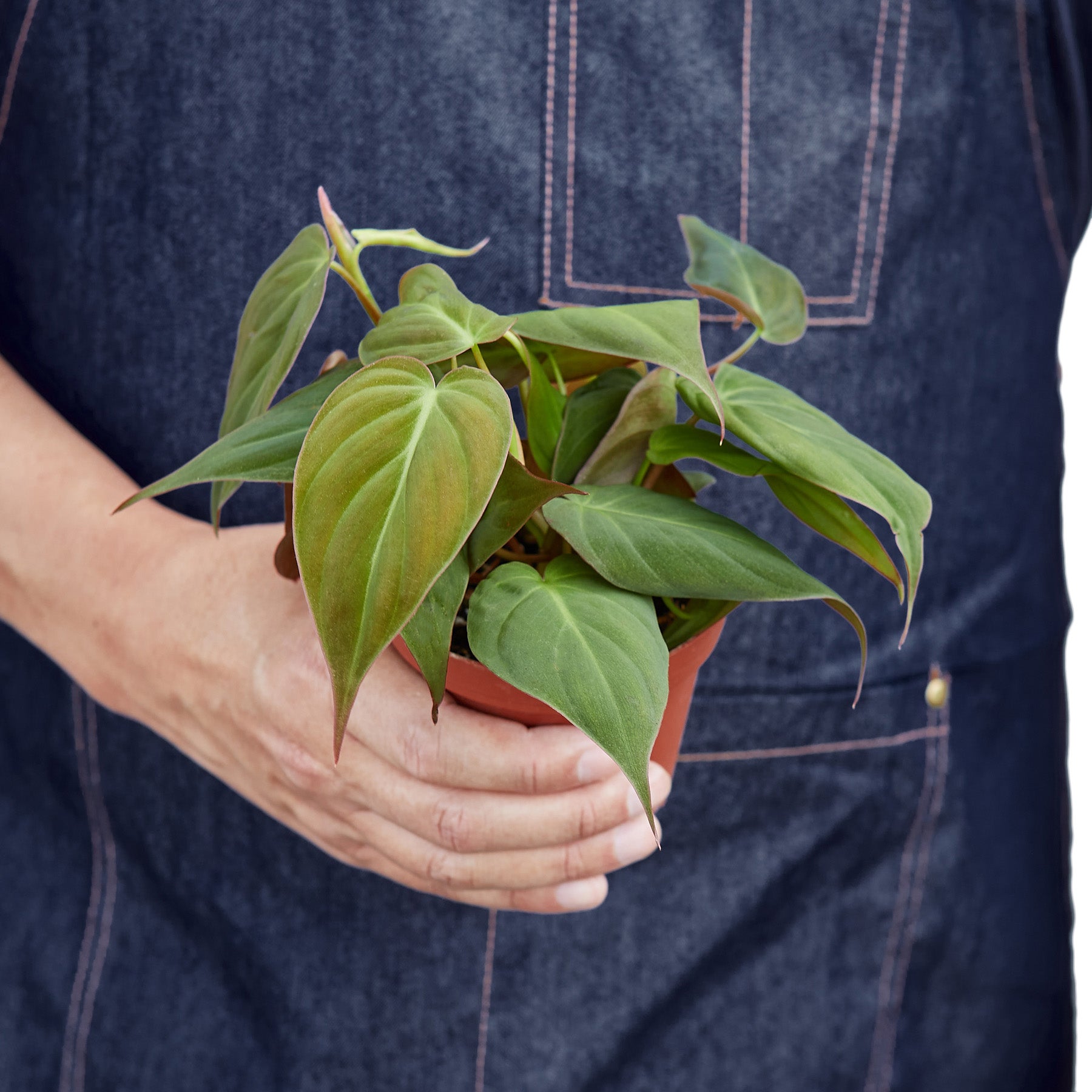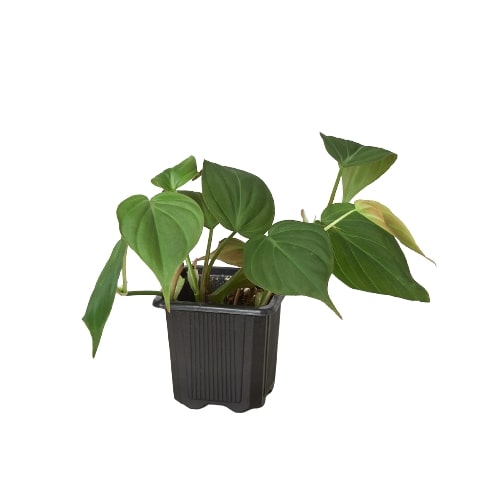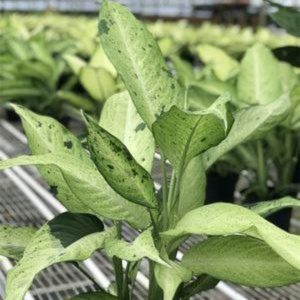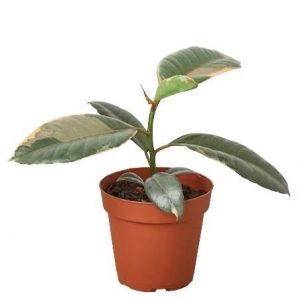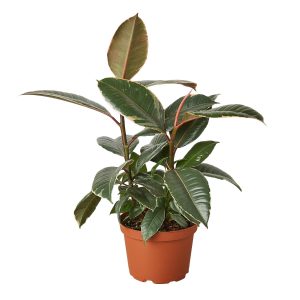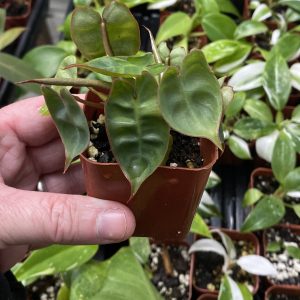The Velvet Philodendron is a beautiful and unusual plant that has a long and interesting history. This plant is native to the southeastern United States, but it has been cultivated in other parts of the world for centuries. The Velvet Philodendron is known for its soft, velvety leaves and its bright red or pink flowers.
The shopping cart has been disabled temporarily due to high demand through our other sales channels. In the meantime, please feel free to take a look at the plants we offer. Thanks!
Philodendron ‘Velvet’ – 6″ Pot
Philodendron ‘Velvet’ – 6″ Pot – Live Tropical Houseplant – Grown in the USA
VELVET PHILODENDRON Features
- SIZE: 6" Pot
- Grown in the USA By licensed nursery.


